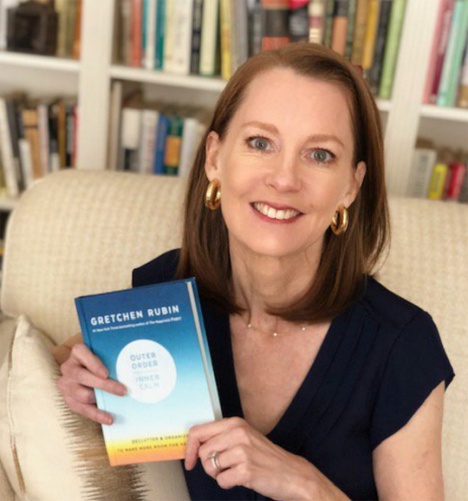

Ten years ago next month we introduced ourselves to the world of blogging with this blog, Downsizing The Home: Lessons Learned. Ten years, 120 months, more than 325 posts. Can you believe it!
Our journey began when my coauthor and I shared our personal downsizing stories with each other, stories of helping our fathers empty our childhood homes as they prepared for the next stage of their lives. We were surprised at how powerful the emotions connected to family possessions could be and, at the same time, how easy it was to let go of many things.
We decided we wanted to share the information we had gathered with others who were going through the same process, and the result was our book Moving On: A Practical Guide to Downsizing the Family Home.
As we promoted Moving On – being interviewed by the media, writing articles, and talking to people at bookstores and in a variety of other community settings – we were told many new downsizing stories. We saw how deeply this topic resonates with so many people, and how creative solutions that people had come up with could help make the process less tedious and more gratifying.
Our path led to new media and we started this blog to share some of the practical strategies and helpful advice, as well as poignant stories, we were continuing to gather.
What resonates most with me from these 10 years is the people we have met, starting with the remarkable and insightful editor of our book, Marisa Bulzone. She really understood what we wanted to say and helped us say it. As we wrote the book and created our blog posts we met authors and fellow bloggers, personal organizers and collectors extraordinaire, psychologists and end of life planners, and people just like us who shared their lives with us. Some of these people we have met in person, others as online voices only, but all of them have been so generous in sharing their stories with us.
And the stories they told were amazing. When we were researching our book, we heard from people who shared both strategies and advice, and told so many touching stories on thoughtful ways to deal with others who see the clutter – and life – differently than we do, people who have inspired us to write about them and share their lives and their work with you. We felt compelled to include anecdotes, anonymously for the most part, in our book because the stories were so interesting. And we have continued to include the stories of others in our blog posts. I have been helped enormously by listening to the voices of others.
An important lesson learned: It’s all about people and the stories they tell; it’s seldom about the stuff they have.
We started this blog as a way to promote our book – and we still want you to buy our book! But over the years we started to think outside the box, or in this case, outside the book. We came to realize that we could stretch ourselves and go beyond our original intention. Our blog has given us the chance to both deepen and broaden our focus, to go further and explore deeper than the scope of our book and to include thoughts about recycling and upcycling, ways to get rid of our things that help save the planet, views on how to live with less—and happily so, and a vision of how to treasure what we have, without the need to always have more. Writing posts that explore issues beyond the book has expanded my horizons.
We’re so happy that you have joined us on our journey and are here to celebrate our anniversary. Here’s to more stories about more people living the best way they can.
Linda Hetzer is an editor and author of books on home design, crafts, and food, and coauthor of Moving On: A Practical Guide to Downsizing the Family Home.
Filed under: downsizing, enjoying the process, environment, family dynamics, gratitude, living with less, stories, Uncategorized | Tagged: 10 years, downsizing the home, getting rid of stuff | 2 Comments »

















